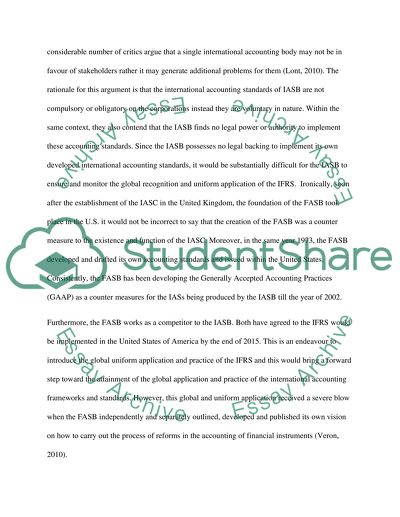Cite this document
(“The International Accounting Standards Board (IASB) - The Assignment”, n.d.)
Retrieved from https://studentshare.org/finance-accounting/1398517-the-international-accounting-standards-board-iasb-the-international-corporate-reporting-issues
Retrieved from https://studentshare.org/finance-accounting/1398517-the-international-accounting-standards-board-iasb-the-international-corporate-reporting-issues
(The International Accounting Standards Board (IASB) - The Assignment)
https://studentshare.org/finance-accounting/1398517-the-international-accounting-standards-board-iasb-the-international-corporate-reporting-issues.
https://studentshare.org/finance-accounting/1398517-the-international-accounting-standards-board-iasb-the-international-corporate-reporting-issues.
“The International Accounting Standards Board (IASB) - The Assignment”, n.d. https://studentshare.org/finance-accounting/1398517-the-international-accounting-standards-board-iasb-the-international-corporate-reporting-issues.


